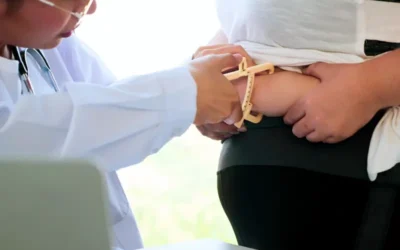The new rule released by CMS provides a breather for physicians since it allows flexibility in certified EHR technology for meeting meaningful use in 2014. In addition, this rule finalizes the extension of Stage 2 through 2016 for certain providers. Stage 3 will begin in 2017 according to the new rule. See CMS’ press release on the same.
Eligible providers can now use either the 2011 edition certified EHR technology (CEHRT) or a combination of 2011 and 2014 edition certified EHR technology for the EHR reporting period in 2014. However, in the year 2015, all eligible providers are required to use the 2014 edition of CEHRT. As CMS made clear, this flexibility allowed will ensure that providers can continue to participate in the EHR incentive programs. Moreover, more providers will also be able to meet important meaningful use objectives such as drug allergy and drug interaction checks, provide clinical summaries to patients, reporting on key public health data, electronic prescribing and reporting on quality measures.
This move, no doubt, was welcomed with overwhelming support because at the end of July, only 1900 eligible providers had attested to Stage 2. While this is a welcome step indeed, much more needs to be done to make sure that more providers could satisfy the meaningful use criteria.
Physicians are required to demonstrate their proficiency in electronic health records as a condition of licensure effective January 1, 2015. They will be considered to have demonstrated proficiency provided they meet any one of the following conditions:
- Participated in the Stage 1 of Meaningful Use program as an Eligible Professional
- Completed at least 3hours of accredited CME program on EHR
- Have a relationship with a hospital that has been certified as a Stage 1 Meaningful Use participant. This means that the physician must either be employed by the hospital, or credentialed by the hospital or have a contractual agreement with the hospital.
- Participated or is an authorized user in a state’s official health information exchange.
Now, there is an important fact to consider. The rule is applicable only to providers that “could not fully implement 2014 edition CEHRT for the EHR reporting period in 2014 due to delays in 2014 Edition CEHRT availability”.
Facts:
- A Medicaid eligible professional who is in the first year of the program in 2014, and has to meet the requirements for adopting, implementing, or upgrading CEHRT, has to use 2014 CEHRT.
- For eligible hospitals, the 2015 Meaningful Use year starts in less than a month and for professionals in four months. So they don’t benefit from this modification.
- Providers who have achieved meaningful use in 2013 but have modified their software so that their present version is no longer certified, and have not moved to 2014 software for some reason or other also do not stand to gain by the present modifications in the rule.




